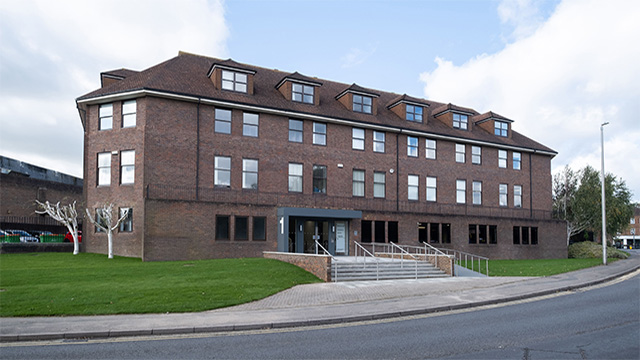Real estate life beyond the baby boomers
COMMENT It is expected that 2019 will mark the year that millennials surpass baby boomers as the largest generation in the US. Millennials – those born between 1980 and 2000 – are already the largest generation in the US workforce, and it is forecast they will make up 35% of the global workforce by 2020.
In the property sector, harnessing the right people in the right way is crucial and this is becoming ever more competitive as real estate competes with technology and other sectors at attracting talent. So, to successfully entice and retain the millennial workforce, and develop them as future leaders, employers need to understand their wants and needs.
A generation shaped by technology
COMMENT It is expected that 2019 will mark the year that millennials surpass baby boomers as the largest generation in the US. Millennials – those born between 1980 and 2000 – are already the largest generation in the US workforce, and it is forecast they will make up 35% of the global workforce by 2020.
In the property sector, harnessing the right people in the right way is crucial and this is becoming ever more competitive as real estate competes with technology and other sectors at attracting talent. So, to successfully entice and retain the millennial workforce, and develop them as future leaders, employers need to understand their wants and needs.
A generation shaped by technology
The internet was created in tandem with the dawn of millennials, meaning that technology is rooted in the way they work. The internet has exposed millennials to more cultures, countries, information, travel opportunities and goods than any generation before them, making them more tolerant and demanding of diversity, particularly in the workplace. They are wise to the sharing economy and a greater access to goods and services has paved the way to desires for greater flexibility in regard to where and the way in which they work. We also know millennials move around jobs more frequently than their predecessors.
All of this affects the built environment and is transforming the real estate sector. The rise of new serviced office operators has provided creative and flexible space in which to work. Landlords of traditional offices are following suit, with ideas for breakout areas and yoga studios almost common practice.
Creating the right work space
The lines of work life and home life have blurred and as a result, millennials are asking for relevant spaces within an office to both collaborate on work and socialise. Moving from job to job, rather than working up the career ladder in one company, means that millennials are arguably less tolerant to compromise on workspace. The ambition of achieving your own private office after 40 years at a business is not a likely one when you’re used to moving jobs every three years. As a result, an office needs to be designed to suit all at any point in their career.
As technology becomes ever more integrated in the workspace and the way we work, it is important that it isn’t viewed as a standalone entity for the IT team to manage. The same goes for sustainability. They need to be entwined in everything we do and there needs to be a level of transparency on a building’s performance when it comes to these measures.
Not only do millennials expect to know and understand more about a business and its real estate, they also would like to have a greater influence on business decisions with a sense of purpose referred to as a key driver in choosing where to work.
Just as different industries, countries and cultures have varying working practices, so do individual businesses. Millennials are a good proxy of what everyone else will start to do and as they gain dominance in the workforce, creating spaces that listen to their wishes is ever more relevant.
Nicky Wightman is director of global occupier trends at Savills











